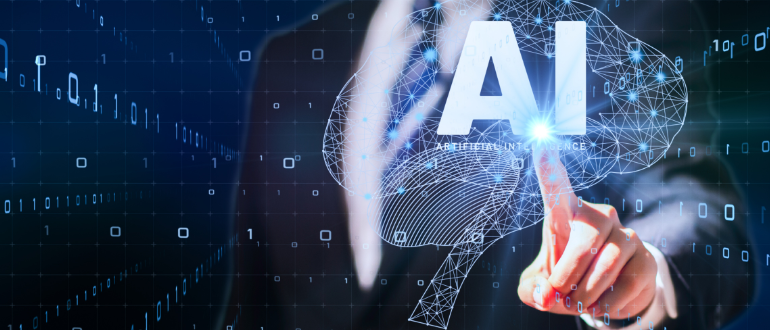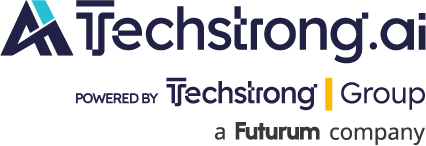
Americans are understandably spooked by the impact of artificial intelligence (AI) on their livelihood, but there is another inescapable factor in play that could benefit them: AI is where the job growth, and pay, is.
The number of job listings in the U.S. requiring AI skills was a record 2% last year, and the pay for the most highly-sought positions is escalating amid free agent-like spending by Big Tech for top talent. (Last year, U.S. job listings that require AI expertise was 750,000, compared to a high of 874,000 in 2022, a PwC analysis found.)
To that end, nearly 2.2 million American workers are now in AI-intensive roles, and those jobs are expected to grow by 19% through 2033, U.S. labor data shows,
“This highlights just how fast AI talent needs are evolving across different roles. Its clear companies are competing fiercely to find skilled professionals who can drive their AI projects forward,” Yijin Hardware CEO Gavin Yi said. “Beyond salary, the speed of hiring shows how urgent the demand really is. Understanding these trends helps organizations plan better and stay ahead in a rapidly changing market.”
The AI-related jobs in most demand are data scientists, whose specialty has prompted the most searches (1.8 million) online. Following were data engineers, where there were the most job openings online (23,300), and architects, whom employers are paying up to $166,000 annually for starting positions.
Most of the hiring, in turn, is taking place on coasts. A new study found Washington, D.C., is the most-prepared place in the U.S. for the AI revolution based on jobs, education, and government funding. (Alaska was last.)
The nation’s capital boasts the highest percentage of businesses that use AI (22.2%) and the highest rate of AI-intensive jobs (41 per 1,000 workers). The country’s 10-most-ready AI places after D.C. were New Hampshire, Utah, Maryland, Massachusetts, Colorado, California, Washington, Rhode Island, and Virginia.
That’s the good news on the job front for AI-ready job applicants. What continues to worry most of the domestic workforce, who are relative AI novices, is their job stability.
Some 300 million jobs could eventually be lost to AI over the next several years, according to a Goldman Sachs study, while 41% of employers intend to downsize their workforces by 2030 because of AI automation, per a World Economic Forum (WEF) survey this year. It isn’t just entry-level jobs and menial tasks at risk, but white-collar jobs as well, the WEF warns.
There is a glimmer of hope amid all the gloom, however. Enrollment in AI-related degree programs has surged in recent years, with more than 424,000 graduates in 2023 – up from about 321,000 five years earlier, federal data shows.
Yet another study, this time by Harvard Kennedy School, some careers are relatively AI-proof. Nurses boast a 40% job growth rate and a relatively low 12% AI automation risk.

